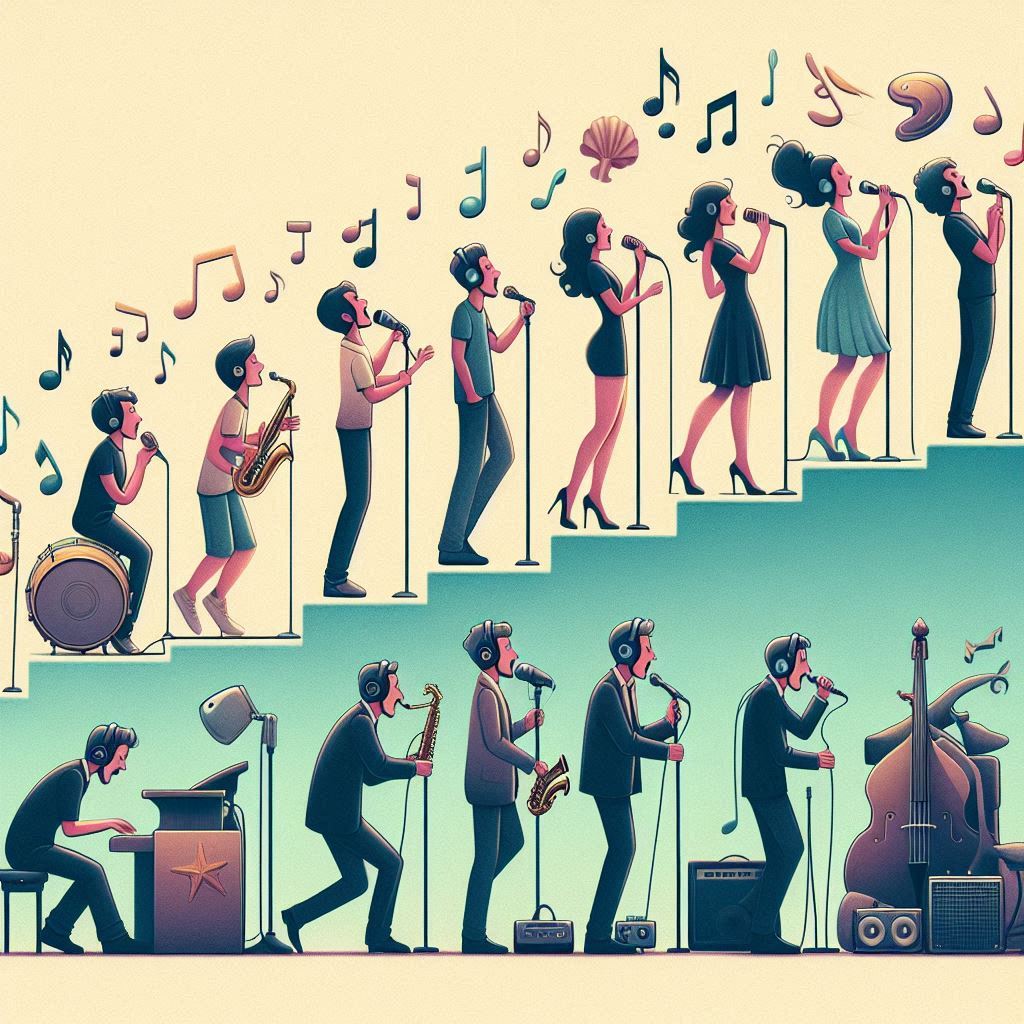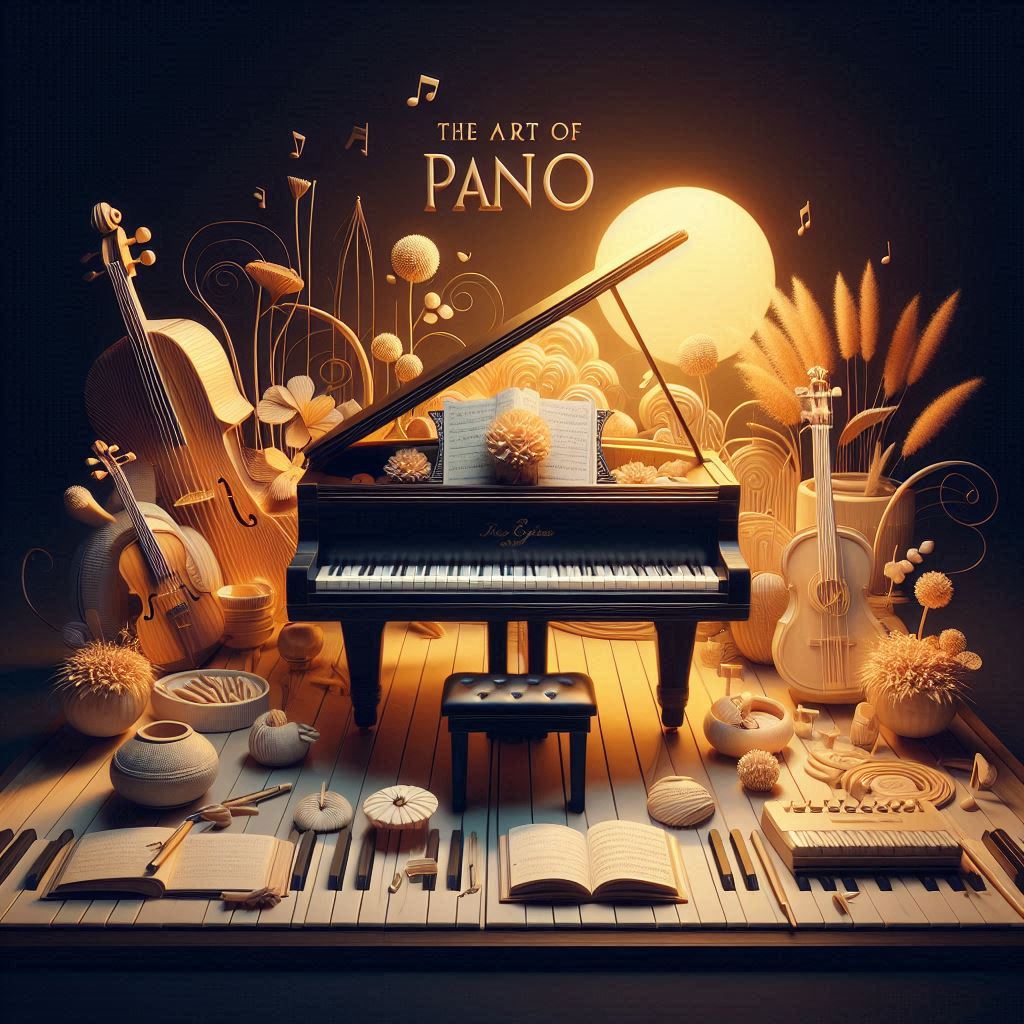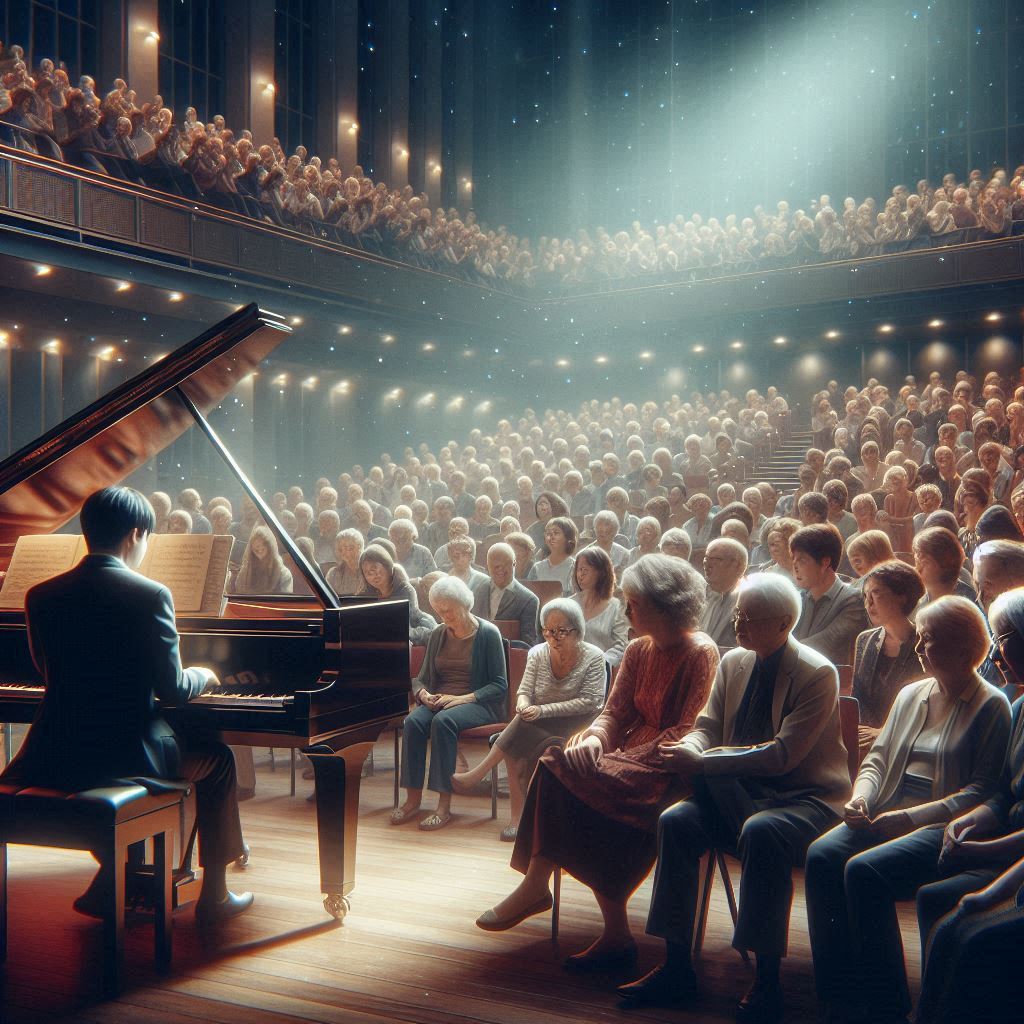Introduction
The evolution of singing styles in popular music reflects broader cultural, social, and technological changes. From the crooners of the early 20th century to the dynamic vocalists of contemporary pop, each era has brought its unique vocal techniques and styles. This blog delves into the key phases of this evolution, highlighting significant changes and influential artists who have shaped the landscape of popular music.
1. Early 20th Century: The Rise of the Crooners
The Birth of the Crooners
In the early 20th century, the advent of the microphone allowed singers to use a softer, more intimate vocal style known as crooning. This style contrasted sharply with the louder, more projected singing required in live performances without amplification.
Example:
- Bing Crosby: Known for his smooth baritone voice and relaxed style, Crosby became one of the most popular and influential crooners of his time.
Characteristics of Crooning
- Soft and Intimate: Crooners used the microphone to create a close, personal connection with listeners.
- Smooth and Melodic: The focus was on melody and phrasing, with a smooth, flowing vocal line.
2. 1950s: The Birth of Rock ‘n’ Roll
Rock ‘n’ Roll Emergence
The 1950s saw the birth of rock ‘n’ roll, a genre that brought a new energy and attitude to popular music. This era introduced a more aggressive and rhythmic vocal style, heavily influenced by blues and gospel music.
Example:
- Elvis Presley: With his powerful voice and charismatic stage presence, Presley became a symbol of the rock ‘n’ roll era.
Characteristics of Rock ‘n’ Roll Vocals
- Powerful and Dynamic: Emphasis on energy and intensity.
- Rhythmic and Syncopated: Strong connection with the rhythm and beat of the music.
3. 1960s: The Influence of Motown and Soul
Motown and Soul Explosion
The 1960s saw the rise of Motown and soul music, which brought a rich, emotive vocal style to the forefront. These genres emphasized expressive, heartfelt singing and complex vocal harmonies.
Example:
- Aretha Franklin: Known as the “Queen of Soul,” Franklin’s powerful voice and emotive delivery set a new standard for vocal performance.
Characteristics of Motown and Soul Vocals
- Emotional and Expressive: Deep emotional connection with the lyrics and music.
- Complex Harmonies: Use of rich vocal harmonies and background vocals.
4. 1970s: The Era of Rock and Disco
Rock and Hard Rock Vocals
The 1970s rock scene introduced a variety of vocal styles, from the powerful, gritty sound of hard rock to the soaring melodies of progressive rock.
Example:
- Freddie Mercury (Queen): Mercury’s versatile voice and dramatic flair made him one of the greatest rock vocalists of all time.
Disco Vocals
Disco music, also popular in the 1970s, featured smooth, rhythmic vocals that complemented its danceable beats.
Example:
- Donna Summer: Known as the “Queen of Disco,” Summer’s sultry voice and energetic performances defined the disco era.
Characteristics of 1970s Vocals
- Versatile and Dynamic: Rock singers displayed a wide range of vocal techniques and emotional expression.
- Rhythmic and Danceable: Disco vocals were smooth and rhythmic, designed to complement the dance grooves.
5. 1980s: The Rise of Pop and MTV
Pop Vocal Prowess
The 1980s saw the emergence of pop music as a dominant force, with vocalists who combined technical skill with a strong visual presence, amplified by the rise of MTV.
Example:
- Whitney Houston: Houston’s incredible vocal range and technical prowess made her one of the defining voices of the 1980s.
Characteristics of 1980s Pop Vocals
- Technical Brilliance: Emphasis on vocal range, control, and agility.
- Visual Performance: Integration of vocal performance with strong visual elements and music videos.
6. 1990s: The Grunge and Hip-Hop Influence
Grunge Vocals
The 1990s grunge movement introduced a raw, unpolished vocal style that emphasized authenticity and emotional intensity.
Example:
- Kurt Cobain (Nirvana): Cobain’s gritty, anguished voice became synonymous with the grunge sound.
Hip-Hop and R&B Vocals
The 1990s also saw the rise of hip-hop and contemporary R&B, featuring rhythmic, lyrical delivery and smooth, soulful singing.
Example:
- Lauryn Hill: Hill’s blend of rapping and singing showcased the versatility and emotional depth of contemporary R&B.
Characteristics of 1990s Vocals
- Raw and Authentic: Grunge vocals were characterized by a raw, unpolished sound.
- Rhythmic and Lyrical: Hip-hop and R&B vocals focused on rhythm, flow, and lyrical expression.
7. 2000s to Present: Diverse Influences and Digital Revolution
Pop and R&B Dominance
In the 2000s, pop and R&B continued to dominate, with artists blending traditional vocal techniques with modern production.
Example:
- Beyoncé: Known for her powerful voice and versatile singing style, Beyoncé has become a leading figure in contemporary music.
Electronic and Auto-Tuned Vocals
The rise of electronic music and auto-tune introduced new vocal effects and production techniques, creating a distinct sound in modern pop and hip-hop.
Example:
- T-Pain: His use of auto-tune became a defining element of his sound and influenced many artists in the genre.
Characteristics of Contemporary Vocals
- Versatile and Hybrid: Modern vocal styles often blend elements from various genres and techniques.
- Technologically Enhanced: Use of auto-tune and other digital effects to create unique vocal sounds.
FAQs
How did the microphone change singing styles in the early 20th century?
The microphone allowed singers to use a softer, more intimate vocal style known as crooning, as they no longer needed to project their voices over large orchestras without amplification.
What impact did rock ‘n’ roll have on vocal styles?
Rock ‘n’ roll introduced a more aggressive, rhythmic vocal style with a strong emphasis on energy and intensity, influenced by blues and gospel music.
How did Motown and soul music influence singing styles?
Motown and soul music emphasized expressive, heartfelt singing and complex vocal harmonies, highlighting the emotional depth and richness of vocal performance.
What are the key characteristics of 1980s pop vocals?
1980s pop vocals were characterized by technical brilliance, vocal range, control, agility, and a strong visual presence amplified by the rise of music videos on MTV.
How did the 1990s grunge movement influence vocal styles?
The 1990s grunge movement introduced a raw, unpolished vocal style that emphasized authenticity and emotional intensity, reflecting the genre’s rebellious spirit.
What role does technology play in contemporary vocal styles?
Technology, including auto-tune and digital effects, plays a significant role in contemporary vocal styles, allowing artists to create unique sounds and enhance their vocal performances.
Conclusion
The evolution of singing styles in popular music is a testament to the dynamic nature of musical expression. Each era has brought its unique vocal techniques and styles, shaped by cultural, social, and technological influences. From the intimate crooning of the early 20th century to the digitally enhanced vocals of today, singers continue to push the boundaries of what’s possible, enriching the landscape of popular music. Embrace the diverse history of vocal styles and let it inspire your own musical journey. Happy singing!



